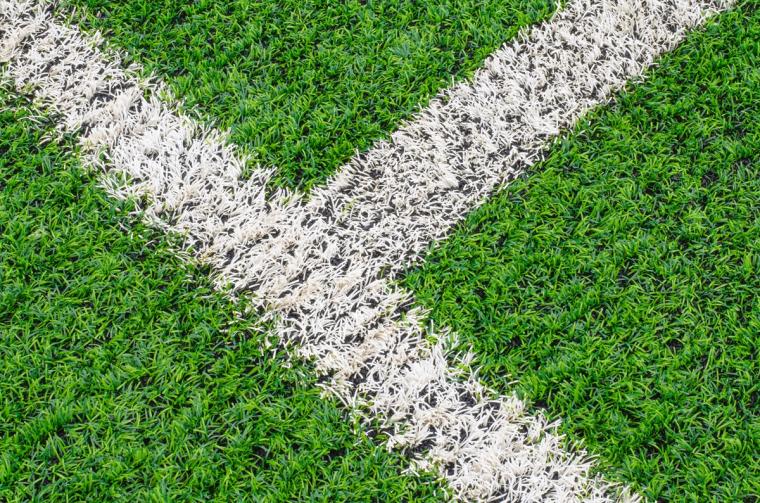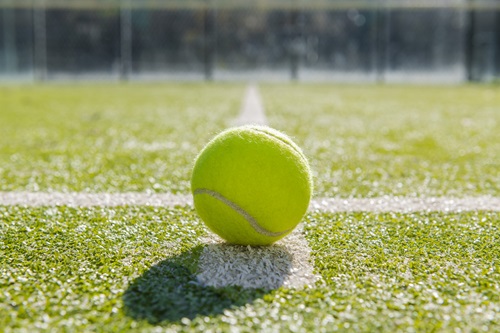
The question of whether synthetic fields with crumb rubber infill are safe has finally been answered.
In mid-April, the Environmental Protection Agency (EPA) published a multi-agency research report reaffirming the safety of synthetic turf sports fields that use crumb rubber infill. The study found no significant difference in the exposure from certain chemicals found between players who played on synthetic turf fields that use crumb rubber infill and those who played on grass fields.
The report also cited three independent studies that demonstrated the safety of synthetic turf fields or system components.
- Netherlands National Institute for Health and Environment wrote that the “risk to health from playing sports on these synthetic turf fields is virtually negligible.”
- European Chemicals Agency found “no reason to advise people against playing sports on synthetic turf containing recycled rubber granules as infill material.”
- National Toxicology Program found there “was no evidence of toxicity in mice from ingestion of crumb rubber.”
In case you’re not keeping count, that’s three votes (four, counting the EPA) in favor of the safety of synthetic fields with rubber granules as infill.
Research started all the way back in 2016, when the EPA, along with the Centers for Disease Control and Prevention/Agency for Toxic Substances and Disease Registry (CDC/ATSDR) and in collaboration with the Consumer Product Safety Commission (CPSC), started a multi-agency research effort called the Federal Research Action Plan on the Use of Tire Crumbs in Playing Fields and Playgrounds (FRAP).
 On April 19, the three agencies jointly released the Synthetic Turf Field Recycled Tire Crumb Rubber Characterization Research Final Report: Part 2 -Tire Crumb Rubber Exposure Characterization. (Part I can be found here.)
On April 19, the three agencies jointly released the Synthetic Turf Field Recycled Tire Crumb Rubber Characterization Research Final Report: Part 2 -Tire Crumb Rubber Exposure Characterization. (Part I can be found here.)
One organization that was (unsurprisingly) pleased to hear about the report was the Synthetic Turf Council, a trade association that is a resource for credible, independent research on the safety and environmental impact of synthetic turf, as well as technical guidance on the selection, installation, maintenance, and environmentally responsible disposal of synthetic turf.
"We thank the EPA for the dedication and time that went into this report and are pleased to see it reaffirms what other research has shown: synthetic turf and its system components are safe," said Melanie Taylor, President and CEO of STC. "Synthetic turf systems unlock thousands of hours of additional play across America, save millions of gallons of water annually, and provide a more consistent playing surface. Our industry has long been and remains committed to safety and creating sustainable play spaces, and we are pleased to see that the largest study ever conducted on crumb rubber infill in the country that demonstrates there is no elevated health exposure for playing on synthetic turf systems."
Among the advantages of synthetic turf systems are their ability to host multiple sports without recovery time, their ability to drain quickly and be ready for play right after a rain and their versatility, able to be manufactured in a variety of colors to fit various installations. (Boise State University, for example, has the distinctive blue field which has earned the moniker of “Smurf Turf.”
Synthetic turf has been used not only on rectangle sports fields (those that host soccer, lacrosse, field hockey, etc.) but diamonds (softball and baseball) as well as for a variety of other uses, including tennis courts, dog parks, playgrounds and other facilities.

